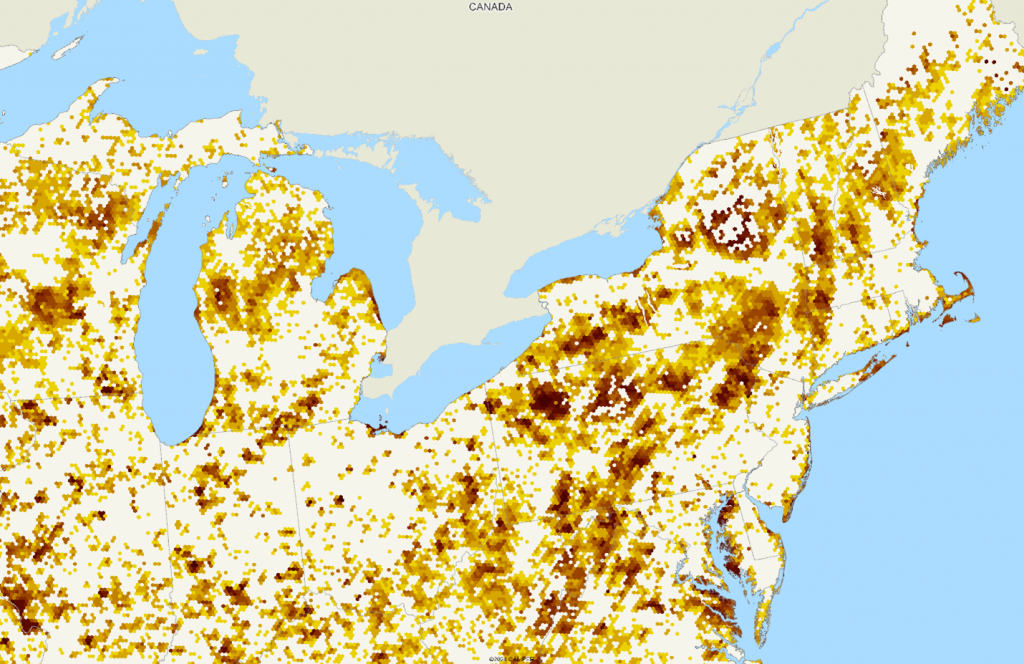Tourism can have significant impacts on retail sales, especially those related to convenience goods and food services. Over the years, many retail models have been built that use only the demographics of local residents while ignoring entirely the impacts that tourists have on their businesses.
The obvious first effect on models is that they will tend to underpredict sales at locations near tourist hotspots. The second is that they will tend to favor the demographic patterns typical of tourist towns. The typical tourist town consists of individuals earning lower middle incomes, has a substantial share of its labor force involved in the service industry, and most often a mix of young workers and retired permanent residents. A model which fails to account for why sales are higher than expected in tourist towns will tend to overpredict performance in lower income areas in the same town that do not attract tourists. The third effect is that of seasonality, as demand in off-peak seasons will be noticeably low.
The map below, using the H3 hexagons (level 6), shows the areas of the country where the temporary population exceeds 1.0% of the total residents during the summertime, with the dark areas over 7.5%.

Significant clusters of tourists include the front range of the Rocky Mountains, the Appalachian Mountains from Georgia to New Hampshire, central Florida, coastal and mountain California, and of course the lake country of the upper Midwest. Major rivers, such as the Mississippi and Missouri, are also plainly identified on a map of this scale.
But not all tourists are created alike, at least not from the retail perspective. Those staying at hotels need food and entertainment. Campers and cottagers? Not so much. From personal experience growing up in Toronto, the steady stream of northbound traffic on Friday night is fully laden with supplies for the weekend. Those headed to the cottage for two weeks typically sported a trailer. The only interaction with local retailers occurs for two reasons, both considered dire emergencies that merit a trip into town: out of gas for the boat or out of beer for the cottagers. The only busy places in Dorset Ontario on a summer weekend are the beer store and the gas pumps at Robinson’s General Store (no relation). Building supply stores also do well, as cottages are always in need of repair and improvement.
While some areas in the west have significant cottage areas – such as Big Bear near Los Angeles – the cottage phenomenon is common in the east. The map below shows the main areas where weekend warriors prevail:

The campers and RVers tend to follow similar patterns, but in fewer numbers and more concentrated locations:

Like most things in demographic analysis, the details truly do matter. With tourism, the differences in local impact are highly dependent upon why they are there in the first place. Business or leisure? It also depends on where they are staying – at a hotel or rental house, at Aunt Mary’s house, or at the family cottage or a campground. Our conclusion? If your business is affected by tourism in any way, make sure you get the details and, if you want advice on how to use them, we are always happy to help.


Recent Comments